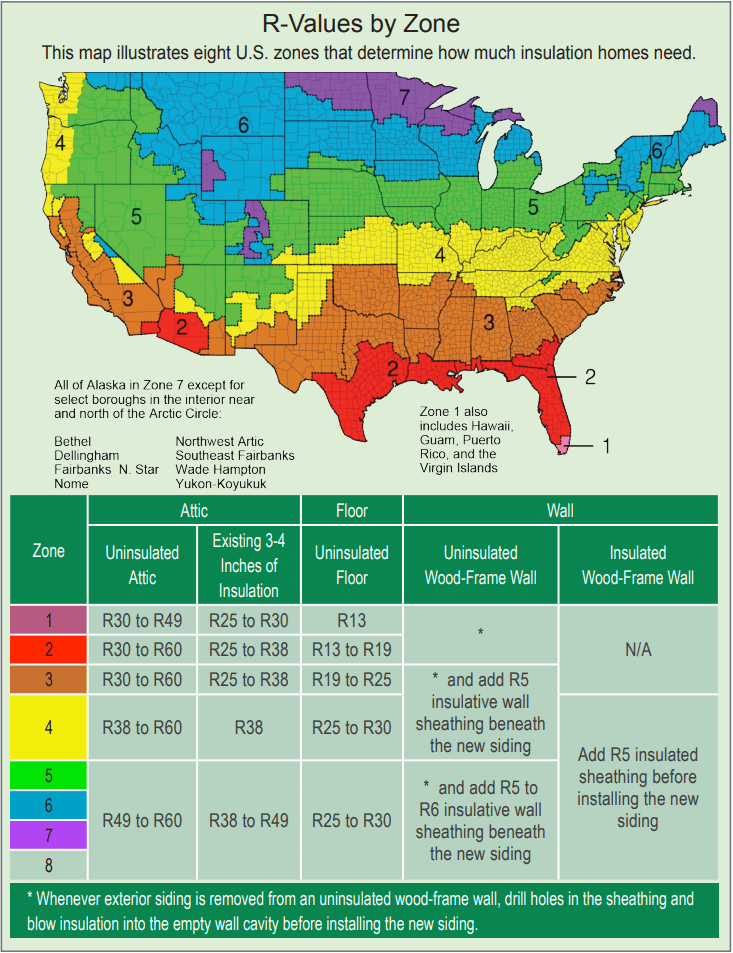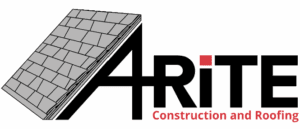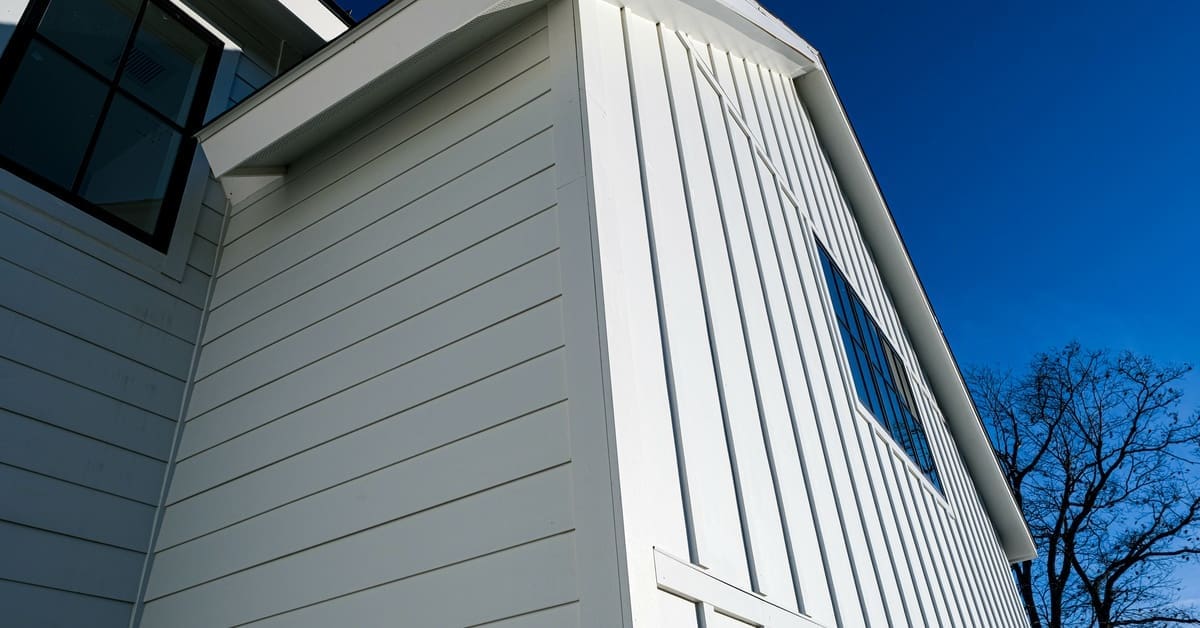Roof ventilation is essential for circulating moist, warm air that sticks around and creates major issues for your roof. Having proper ventilation is important for maintaining the integrity and longevity of your roof structure and protecting the rest of your home!
Having the systems in place to remove hot air and moisture will help prevent mold growth, warping, and the overall deterioration of the wood structure in your attic.
Proper roof ventilation can also lessen damage caused by ice dams. They’re created when hot air rises to the top of the roof and melts the sitting snow. The liquid runs down your roof and refreezes towards the bottom of the roof where it creates dams. With roof ventilation in place, warm air will be redirected outside or circulated so it doesn’t accumulate and create problems down the road.
What types of roof ventilation systems are there?
There are many types of roof ventilation available, each with their own unique advantages. Which ones can be installed are dependent on your roof and can be advised by your local roofing expert! Types of roof ventilation include:
-
Ridge vents
-
Box vents
-
Hard-wired powered vents
-
Solar-powered vents
-
Roof turbines (whirlybird vents)
-
Cupola vents
How to maximize energy efficiency and extend the lifetime of your roof
In addition to having good ventilation systems in place, it’s important that your home has the proper insulation installed as well. Not only does it keep energy costs low, but it also helps protect your roof.
How does insulation relate to your roof?
The insulation that is used in your home and attic play a big role in the way heat moves throughout your home and even up to your roof.
Insulating your attic will increase the comfort in your home and decrease your energy costs. According to Owen’s Cornering, “a well-insulated attic can save you up to 20% on your home’s heating and cooling energy bills”. This means less money out the door and more in your pocket!
With a well insulated home and attic you keep the heat where you want it; in the heart of your home. This helps prevent heat from rising and causing some of the problems to your roof that we mentioned earlier.
Similar effects occur in the summer with your air conditioning system. Proper insulation minimizes the hot attic air making its way into the home and the cool air going out. There are home energy audits available through the department of energy. Please contact us if that is of interest!
How do you know which insulation is best?
It’s important to understand the ‘R-Value’ of your home’s insulation. This value measures insulation’s resistance to conductive heat flow. The higher the R-Value, the more effective the insulation. What type of insulation you invest in depends on a few factors:
-
The type of home you have
-
The size of your home
-
Where you live (climate)
-
Flammability
Consulting with an insulation professional will give you a better idea of what type of insulation and how much insulation is needed!
Roof ventilation paired with proper insulation can prevent major damage to your roof and home, and save you money. Understanding what solution is best for your home can be challenging, but by talking with our team we can help guide you in the right direction. Contact us today to learn more about what A-Rite Construction can do for you!




